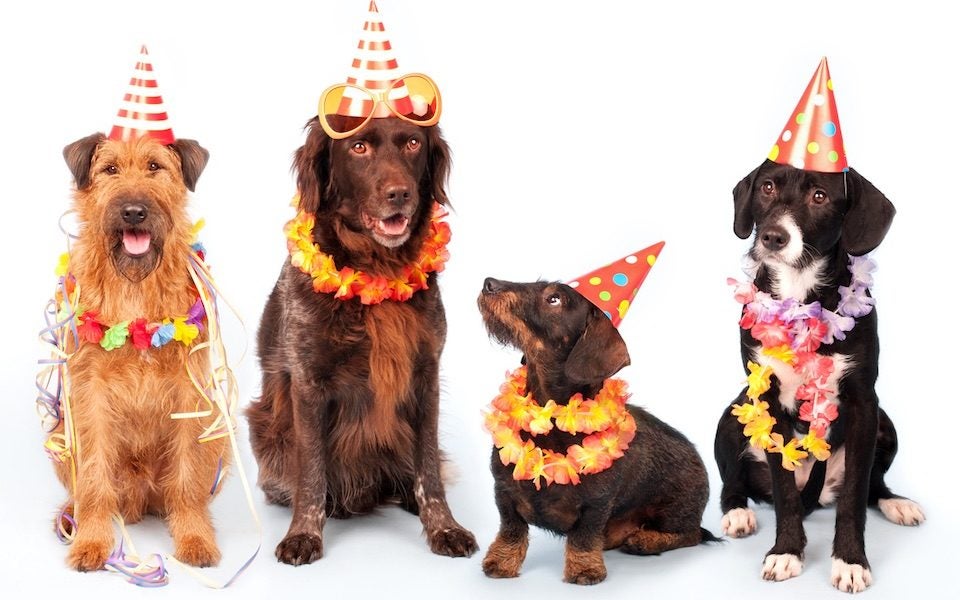
Most Jews will tell you that other than Rosh Hashanah, the Hebrew month of Elul isn’t terribly notable. It’s just the time to make High Holiday plans—right? According to the Mishna, though, the first of Elul is the new year for animals. More specifically, for domesticated animals – those who depend on humans for food, shelter and care.
There’s another Mishnaic opinion, though, that Rosh Hashanah L’Behemot, the New Year for Animals, is actually this week, i.e. on the first of Tishrei, which coincides with Rosh Hashanah. Aharon Varady of Open Siddur, explains that the Gemarah concludes that the first of Elul is for animals conceived earlier in the spring, and the latter date is for those animals conceived a bit later, and born after Elul (Bekhorot 57b, Rosh Hashanah 8a).
In the Temple era, this new year was honored with a tithing, where animals were passed through a gate, with every tenth animal getting marked. A modern-day initiative to revive the tradition, but with a focus on the ethical treatment of animals, began in 2009 at the goat barn of Adamah Farm, in Connecticut. The ritual involved blessing the animals, meditating on personal dependence on animals, and blowing the shofar to mark the new month of Elul. It has even inspired organizations such as Hazon and Jewish Initiative for Animals to make available resources about Judaism and animal rights.
This new year provides an opportunity to consider the awesome interdependence of all living creatures. Prompting new rituals, prayers, and reflections on animal rights and ethics, the New Year for Animals has inspired a rich contemporary conversation rooted in an ancient tradition.
Happy new year to all.





